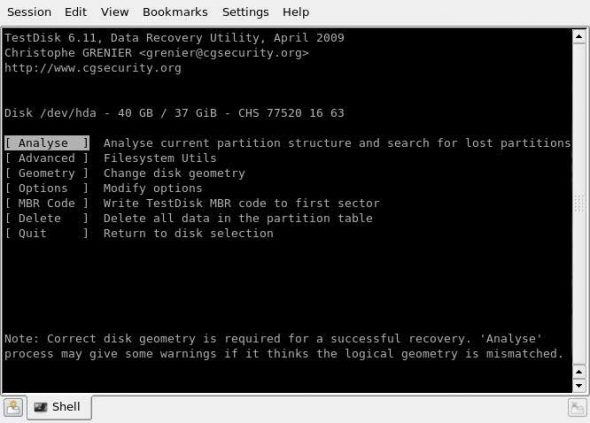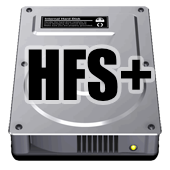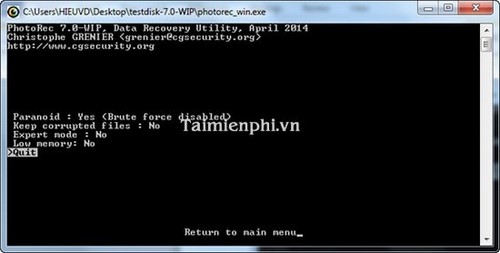

This will launch a separate Window and from there you can interact the selected hard drive with this command line utility. Launch Windows Command Prompt and navigate to the extracted directory. It’s a bit tricky to use, though, as it’s a command line utility.įirst of all, you need to extract the external hard drive and connect into a USB docker or HDD enclosure or USB to SATA cable so it can be connected to your Windows machine via USB.


Fortunately, we have a tool called TestDisk that works across platform and supports to read almost any disk formats. How To Recover Data from HFS/HFS+ partitions on Windowsīecause Mac’s file system is different than Windows, you can’t just plug in the hard drive and read what’s inside with Windows Explorer. Today I am going to show you how to recover a Mac formatted partition from Windows. The bad news is that your core computer are pretty much useless, and the good news is that your data should still be intact (given that’s not an SSD soldered to the motherboard). After diagnosis, it appears the logic board has died. Computer dies for many different reasons, and one of the most common causes of death is because of the hard drive failure. When a computer stopped working, it doesn’t mean all the data are gone nor does it mean all the hardware are useless.


 0 kommentar(er)
0 kommentar(er)
